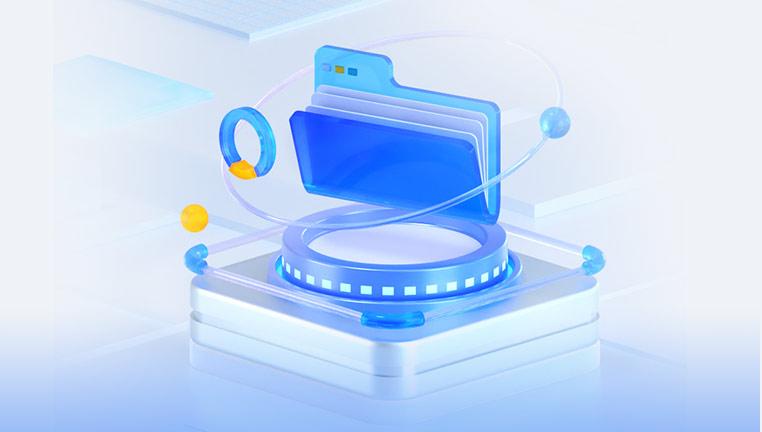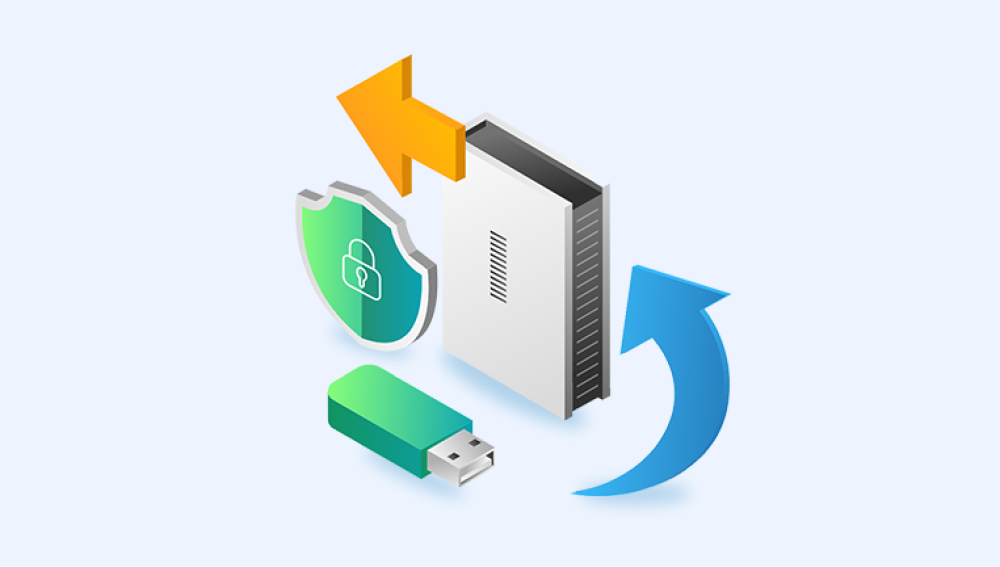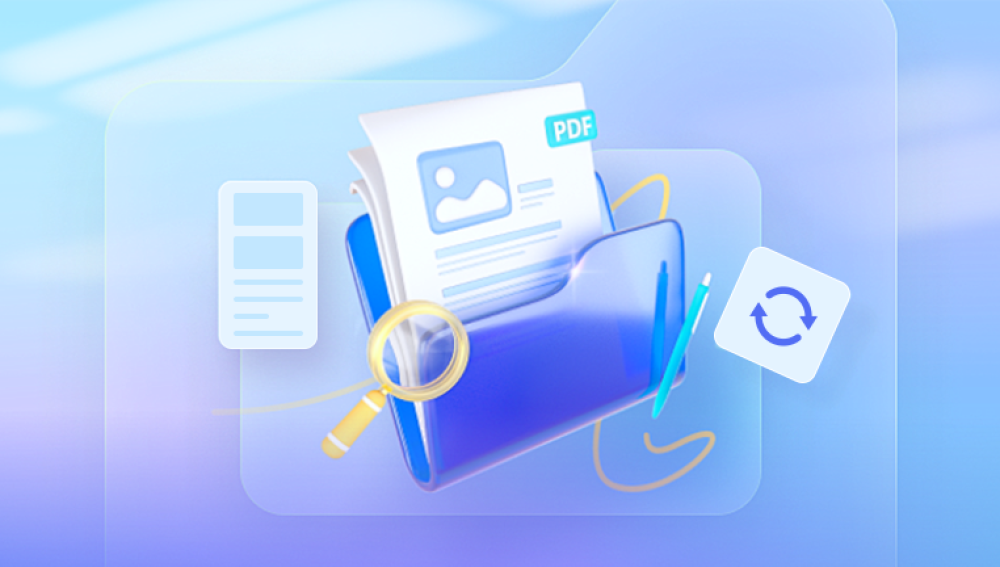Why Backup Your Laptop?
Data Protection: Safeguard important files from accidental deletion, hardware failure, or malware.
Data Recovery: Easily restore data in case of a system crash or corruption.
Migration: Simplify the process of transferring data to a new device.
Methods of Backup
External Storage: Using an external hard drive or USB drive.
Cloud Storage: Utilizing online services like Google Drive, Dropbox, or OneDrive.
Network Attached Storage (NAS): Backing up data to a networked device.
Backup Software: Using specialized software for more advanced backup options.

Step-by-Step Guide
1. Using Windows Built-in Tools
File History (Windows 8/10/11)
Step 1: Connect an external drive to your laptop.
Step 2: Go to Settings > Update & Security > Backup.
Step 3: Click on Add a drive and select your external drive.
Step 4: Turn on Automatically back up my files.
Step 5: Configure More options to set up how frequently you want to back up and which folders to include.
Backup and Restore (Windows 7)
Step 1: Go to Control Panel > System and Security > Backup and Restore (Windows 7).
Step 2: Click Set up backup.
Step 3: Select your backup destination (external drive).
Step 4: Choose either Let Windows choose or Let me choose for what to back up.
Step 5: Click Save settings and run backup.
System Image Backup
Step 1: Go to Control Panel > System and Security > Backup and Restore (Windows 7).
Step 2: Click Create a system image on the left.
Step 3: Choose your backup location (external drive).
Step 4: Follow the prompts to create a complete image of your system.
2. Using Cloud Storage
Google Drive
Step 1: Download and install Google Drive for Desktop.
Step 2: Sign in with your Google account.
Step 3: Select folders on your laptop to continuously back up to Google Drive.
Step 4: Access your backed-up files from any device with an internet connection.
Dropbox
Step 1: Download and install Dropbox.
Step 2: Sign in with your Dropbox account.
Step 3: Drag and drop files or folders into your Dropbox folder for automatic backup.
OneDrive
Step 1: Sign in to OneDrive with your Microsoft account.
Step 2: Drag and drop files or use the Backup option in OneDrive settings.
Step 3: Ensure folders like Documents, Pictures, and Desktop are backed up to OneDrive.
3. Using Backup Software
Acronis True Image
Step 1: Download and install Acronis True Image.
Step 2: Open the application and select Backup.
Step 3: Choose Entire PC or specific files/folders.
Step 4: Select a destination (external drive, NAS, or cloud).
Step 5: Click Back up now.
EaseUS Todo Backup
Step 1: Download and install EaseUS Todo Backup.
Step 2: Open the software and select File Backup, Disk/Partition Backup, or System Backup.
Step 3: Select files, folders, or the entire system to back up.
Step 4: Choose a backup destination.
Step 5: Click Proceed.
Macrium Reflect
Step 1: Download and install Macrium Reflect.
Step 2: Open the software and select Create a backup.
Step 3: Choose between Image selected disks on this computer or Create an image of the partitions required to backup and restore Windows.
Step 4: Select a destination and click Next.
Step 5: Click Finish to start the backup.
Best Practices for Backup
Regular Backups: Schedule regular backups to ensure data is always up to date.
Multiple Copies: Keep multiple backup copies in different locations (e.g., external drive, cloud).
Verify Backups: Regularly check and verify that your backups are complete and usable.
Encrypt Sensitive Data: Use encryption to protect sensitive data in your backups.
Update Backup Software: Ensure your backup software is up to date for the latest features and security patches.




